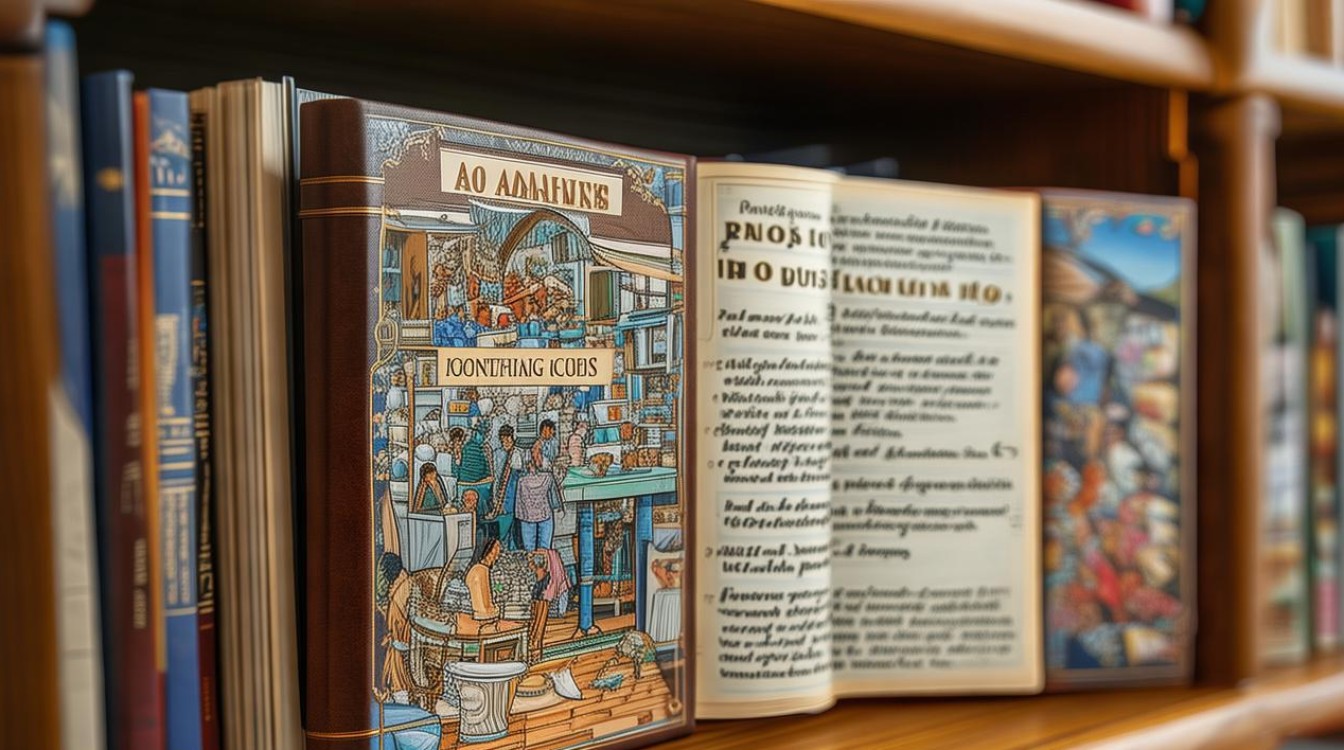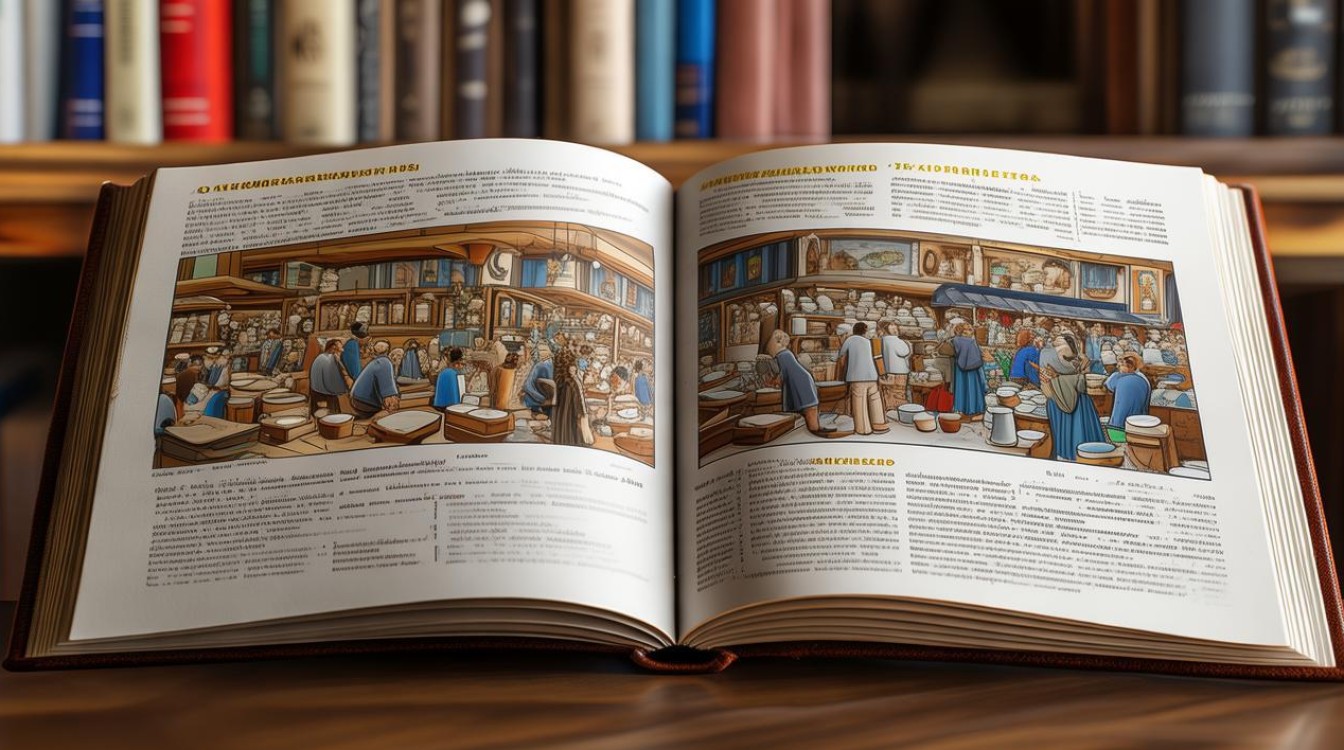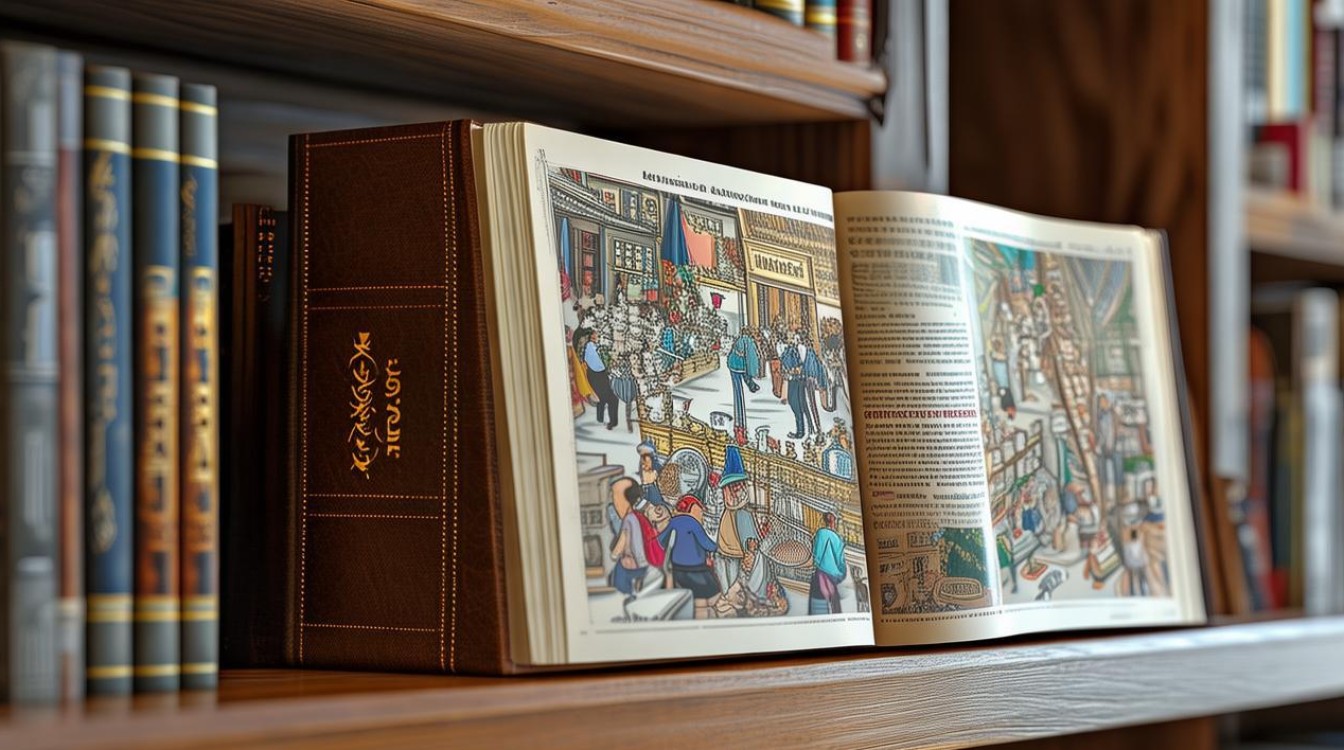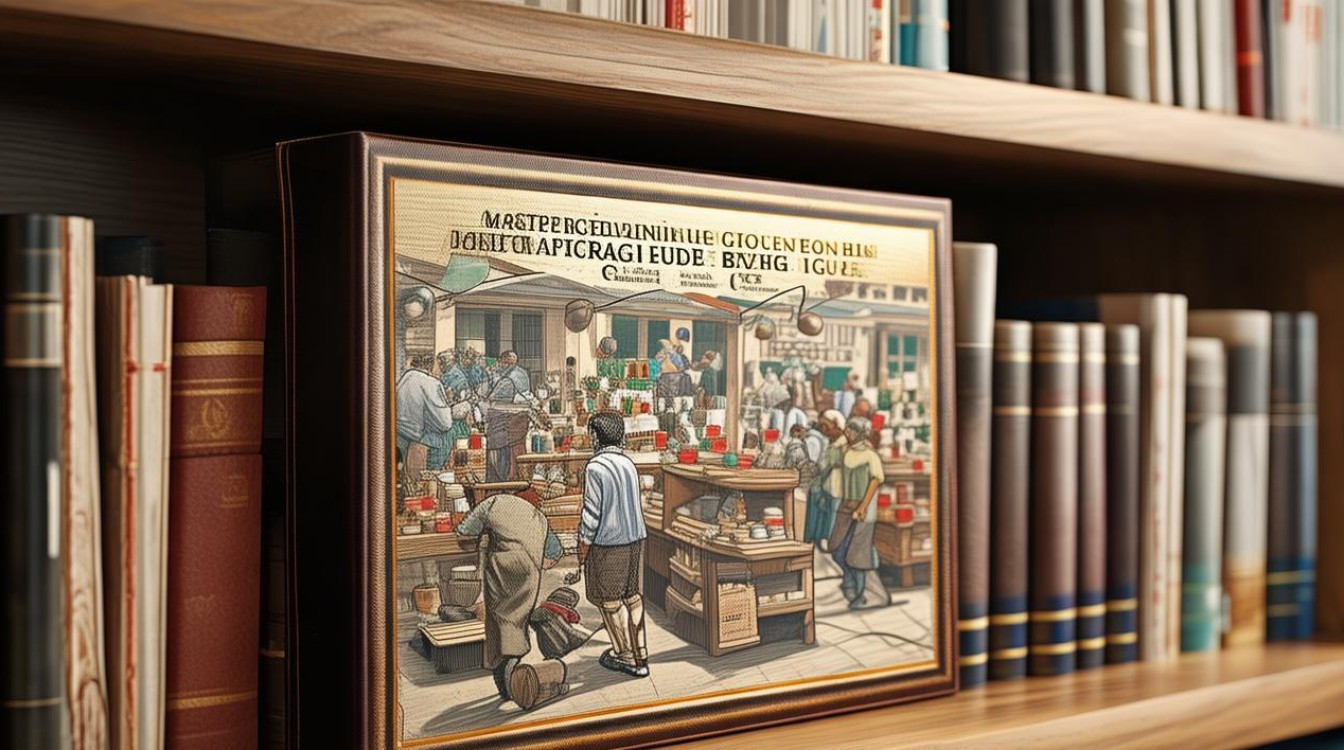Shopping for everyday items like cups can be an excellent opportunity to practice English. Whether you're in a physical store or browsing online, knowing the right phrases and vocabulary ensures smooth communication. Below, we break down essential dialogue techniques, practical examples, and the latest market trends to help you confidently navigate a "buying cups" scenario.

Essential Vocabulary for Buying Cups
Before diving into conversations, familiarize yourself with these key terms:
| Category | Vocabulary |
|---|---|
| Materials | Ceramic, glass, stainless steel, plastic, porcelain |
| Types of Cups | Mug, tumbler, travel cup, teacup, espresso cup |
| Features | Insulated, leak-proof, dishwasher-safe, microwave-safe |
| Measurements | Ounces (oz), milliliters (ml), capacity |
Common English Dialogues When Buying Cups
In a Physical Store
Customer: "Excuse me, where can I find coffee mugs?"
Store Associate: "They’re in Aisle 5, near the kitchenware section. Would you like help finding a specific type?"
Customer: "Do you have any insulated travel cups?"
Store Associate: "Yes, we carry brands like Yeti and Hydro Flask. They’re over here."

Customer: "Is this one microwave-safe?"
Store Associate: "This ceramic mug is, but the metallic-lined ones are not."
Online Shopping Scenario
Customer (Live Chat): "Hi, I’m looking for a BPA-free plastic cup. Do you have any recommendations?"
Support Agent: "Our Tritan collection is BPA-free and comes in multiple sizes. Would you like me to share the product links?"
Customer (Email Inquiry): "I ordered a set of teacups, but one arrived chipped. What’s the return process?"
Customer Service: "We apologize for the inconvenience. Please provide your order number, and we’ll arrange a replacement."

Latest Market Trends in Cup Purchases (2024 Data)
To provide up-to-date insights, we analyzed recent consumer trends from Statista and Google Shopping data. Here’s what’s popular:
| Trend | Popularity (2024) | Key Brands | Price Range (USD) |
|---|---|---|---|
| Eco-friendly materials | 42% increase YoY | KeepCup, Joco | $15 – $40 |
| Smart cups (temp control) | 28% growth | Ember, Brund | $80 – $150 |
| Custom-printed mugs | Steady demand | Etsy, Zazzle | $10 – $30 |
| Collapsible travel cups | Rising in urban areas | Stojo, Miir | $20 – $50 |
(Source: Statista Consumer Goods Report, Q1 2024; Google Trends analysis)
Tips for Effective English Communication
- Be Specific – Instead of "Do you sell cups?" try "Do you have 12-oz ceramic mugs?"
- Ask for Clarifications – "Could you explain the difference between these two models?"
- Use Polite Phrases – "Would you mind checking the inventory?" sounds more professional than "Check if it’s in stock."
- Practice Common Responses – Prepare for questions like "Would you like a receipt?" or "Is this a gift?"
Cultural Nuances in English-Speaking Countries
- USA/Canada: Retail staff often engage in small talk ("How’s your day going?"). A simple reply ("Good, thanks!") keeps the conversation smooth.
- UK/Australia: Directness is appreciated. "Do you have this in blue?" works better than overly polite phrasing.
- Online Shopping: Phrases like "What’s the estimated delivery time?" or "Are there any discounts?" are common.
Digital Tools to Enhance Your Shopping English
- Google Lens: Snap a photo of a cup to find its name in English.
- Language Apps: Duolingo’s shopping modules or Babbel’s business English courses.
- YouTube Tutorials: Watch videos like "English for Retail Shopping."
Confidence in English comes from practice. Next time you’re buying a cup—whether in person or online—use these phrases and observe how native speakers respond. Over time, you’ll refine your fluency while keeping up with the latest shopping trends.




